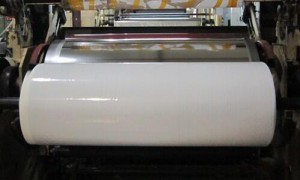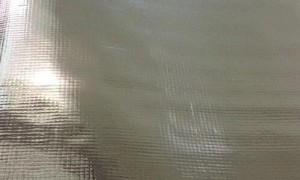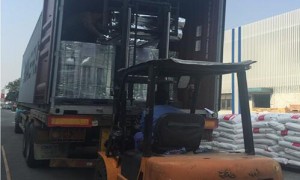Barrier woven fabric, insulation fabric, water proof, fire proof, dampness, dust prevention, used as insulation material, in roof, wall
Product: heat insulation foil.
Structure: metalized PET+PE woven fabric or MPET+PE+PE woven fabric+PE.
Characteristics:
1.The material provides excellent insulation: reflects up to 97% of radiant energy in addition to reflective sheeting resisting other types of heat transfer from conduction, convection, and radiation. The side of metalized PET forms an effective barrier against moisture, air currents and vapors.
2.Clean, thin and light weight
3.Outstanding safety and enviromentally friendly.
4.Easy to install, high efficiency.
5.Cost effective and versatile.
Usage:
It is economical solution for a wide range of industrial,manufacturing , packaging and consumer application. Such as for industrial sheds, commercial buildings, home insulation , under wood or laminated flooring, roof insulation, carpet underlay and construction, packaging material to the sensitive products.


